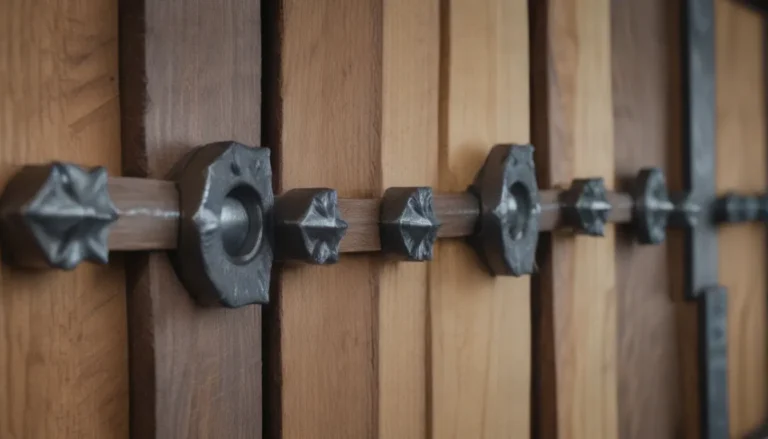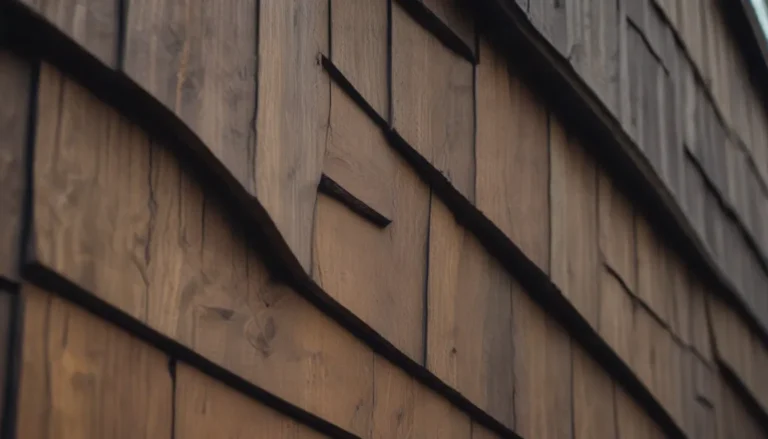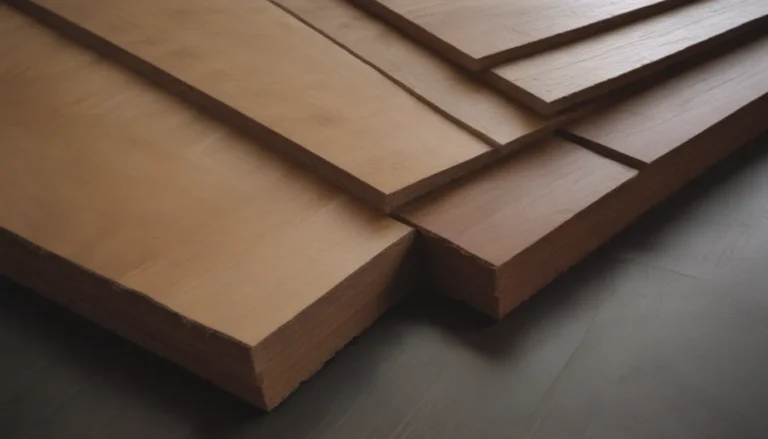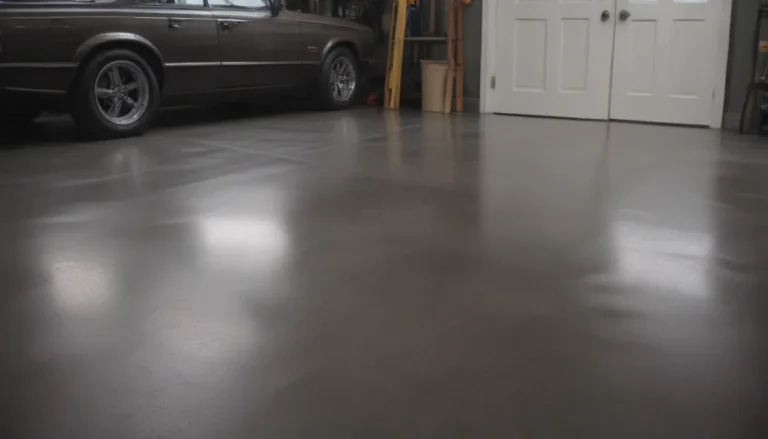The Importance of Sealing Tile Floors: A Comprehensive Guide
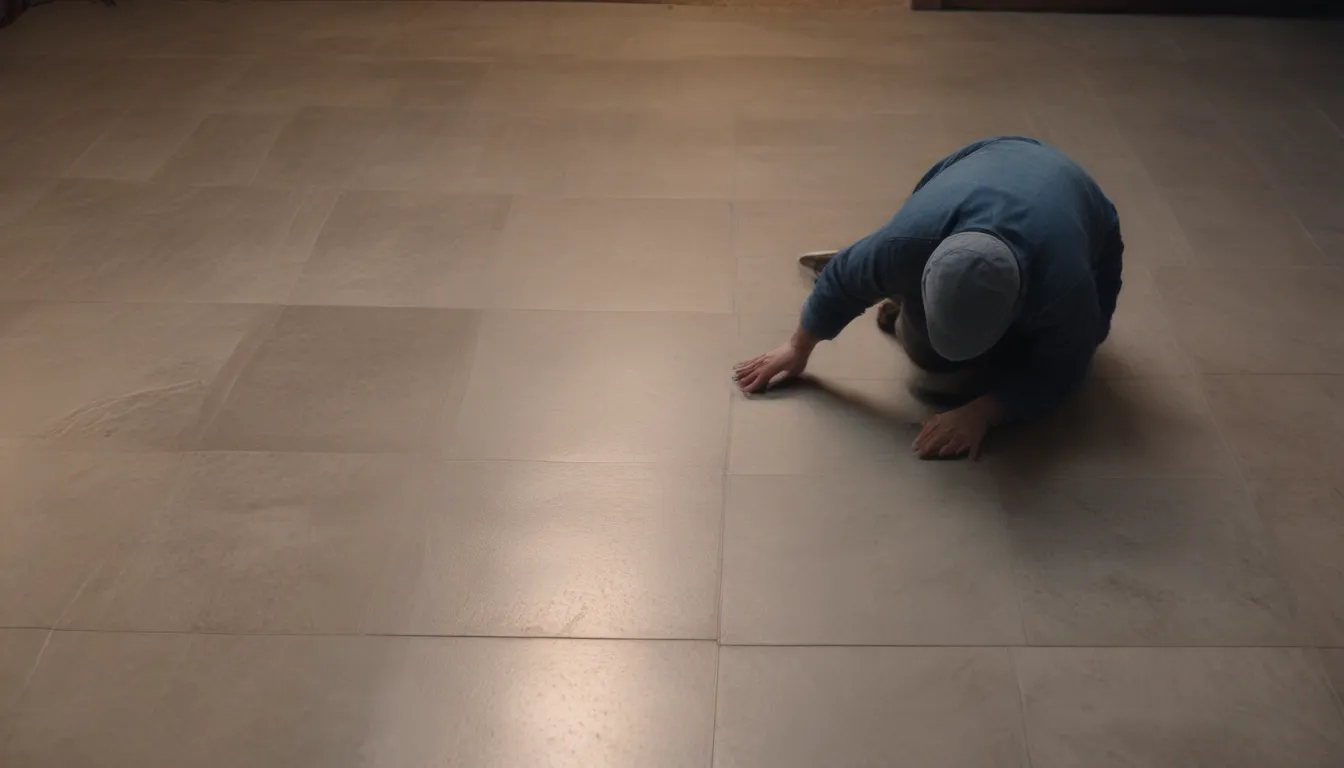
Welcome to your new home! The excitement of moving in and setting up your space comes with the task of maintaining its beauty. One particular area that often requires attention is the tile floors in your kitchen, bathroom, or any other room. Tile floors are a popular choice for many homeowners due to their durability and aesthetic appeal. However, the question of whether or not to seal them might be looming in your mind.
In this comprehensive guide, we will explore the importance of sealing tile floors, when to seal them, and how to properly care for sealed tiles and grout. Whether you’re a seasoned homeowner or a new homeowner looking for guidance, this article will provide you with valuable information to help you make informed decisions about your tile floors.
Understanding the Components: Tile vs. Grout
Before we delve into the specifics of sealing tile floors, it’s essential to understand the two key components of a tiled surface: the tile itself and the grout that holds it all together. While the tile may be the star of the show with its beautiful design and durability, the grout is equally important. Grout is a porous material that is susceptible to stains and discoloration if left unsealed.
Most installers do not seal grout immediately after installation, as it needs time to cure. However, sealing the grout is crucial to preserving its appearance and integrity. Sealed grout is easier to clean and maintains its color and texture over time. When considering whether or not to seal your tile floors, remember that both the tile and grout play a vital role in the overall look and longevity of your floors.
When to Seal Tiles: Ceramic vs. Stone
The decision to seal your tile floors depends on the type of tile you have installed. Ceramic and porcelain tiles are less porous and generally do not require sealing. However, there are exceptions, so it’s best to consult with your tile manufacturer for specific recommendations.
On the other hand, stone tiles such as slate, marble, granite, and travertine are naturally porous and will benefit from sealing. Stone tiles are more susceptible to stains and damage from spills, making sealing a necessary step in preserving their beauty. Keep in mind that sealing colored tiles may affect their appearance, so it’s advisable to test the sealant in an inconspicuous area before applying it to the entire surface.
Tip: Always follow the manufacturer’s instructions for sealing to ensure optimal results.
Signs that Your Grout Needs Sealing
One way to determine if your grout requires sealing is by performing a simple water test. Sprinkle a few drops of water on the grout or tile surface and observe how it reacts. If the water is absorbed and causes discoloration, the grout may need to be sealed. Conversely, if the water beads up and does not penetrate the surface, the grout may already be sealed.
Regular maintenance and inspection of your tile floors will help you identify when it’s time to reseal. Factors such as high humidity, moisture, and heavy foot traffic can contribute to the breakdown of grout over time. If you notice any loose tiles or flaking grout, it may be a sign that resealing is necessary to prevent further damage.
Care and Maintenance of Sealed Grout and Tiles
While sealing your tiles and grout provides an added layer of protection against stains and spills, accidents can still happen. Here are some tips for cleaning and maintaining sealed tile floors:
- Use a mild bleach solution to remove stains from tiles, avoiding abrasive scrubbing tools that could damage the surface.
- Grout typically needs about a month to set before it can be sealed. If it gets stained during this time, use a gentle cleaning solution and light scrubbing.
- Avoid sealing stained grout, as the stain may become permanent once sealed.
By following these simple tips and maintaining a regular cleaning schedule, your tiled floors will remain beautiful and durable for years to come.
In conclusion, the decision to seal your tile floors is a crucial step in preserving their beauty and ensuring their longevity. Understanding the importance of sealing, knowing when to seal, and properly caring for sealed tiles and grout are essential aspects of maintaining a healthy and vibrant living space. With the information provided in this guide, you can confidently tackle the task of sealing your tile floors and enjoy them for years to come.

